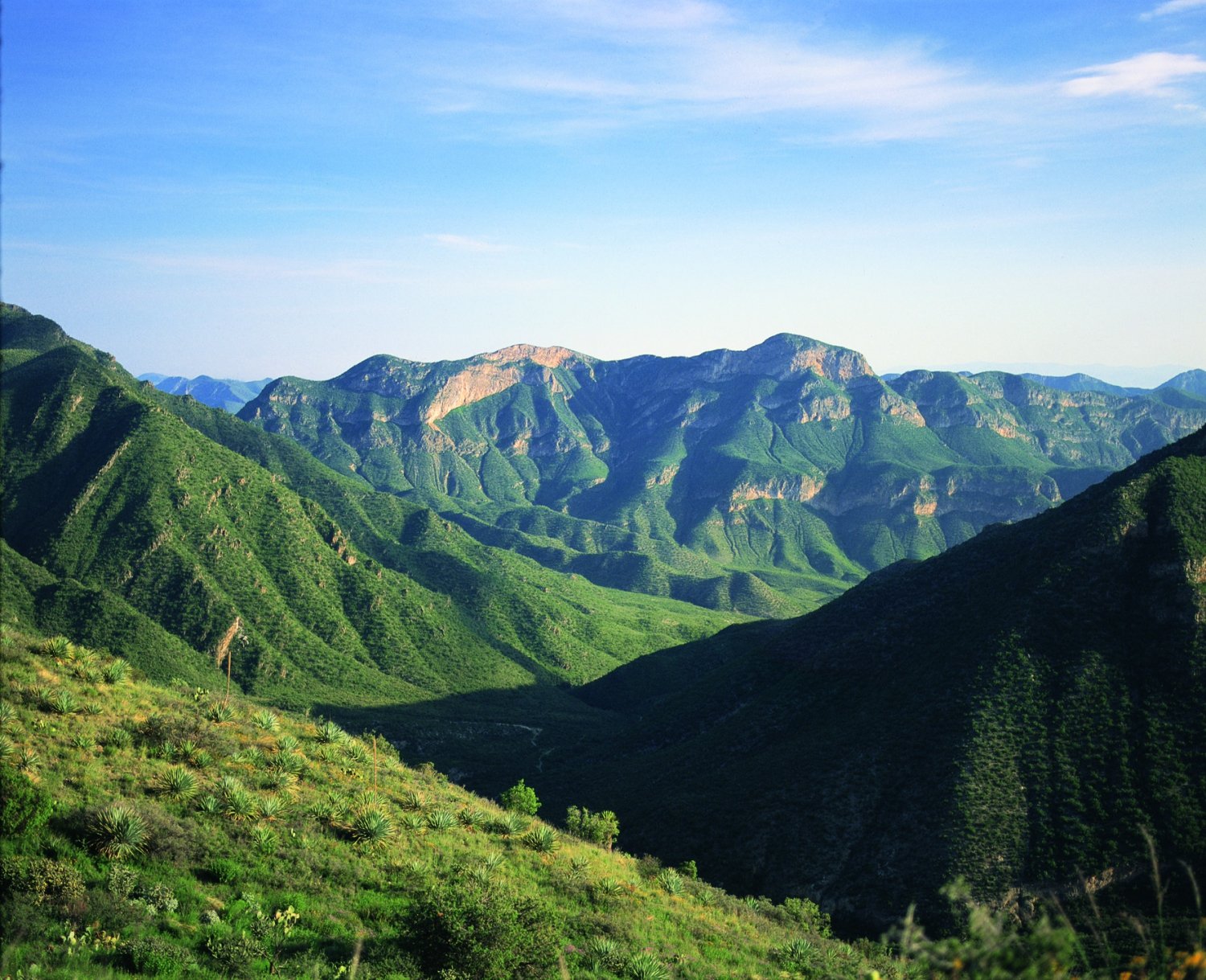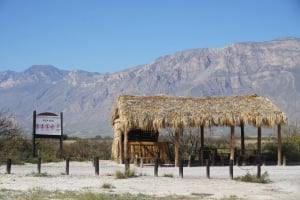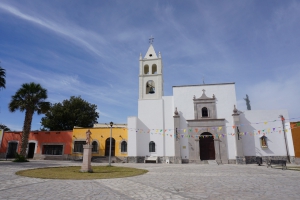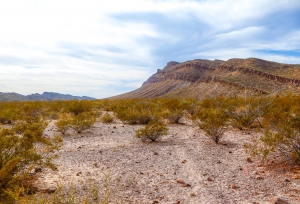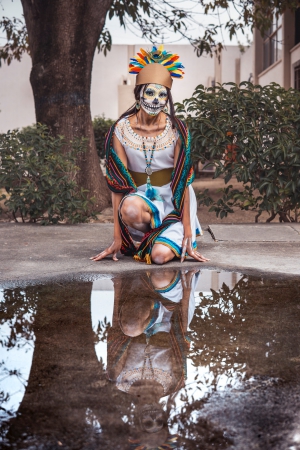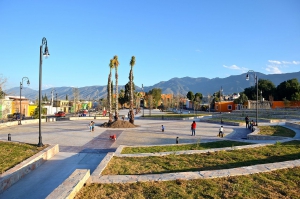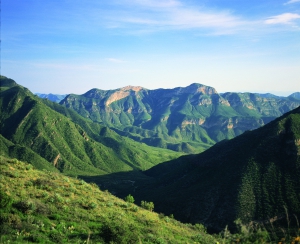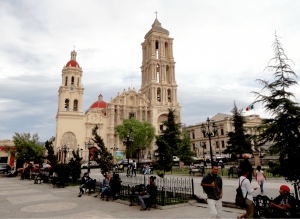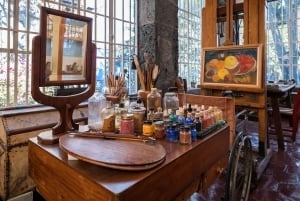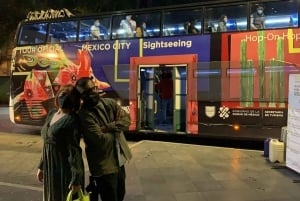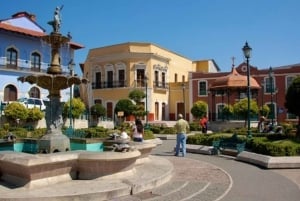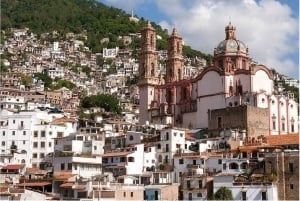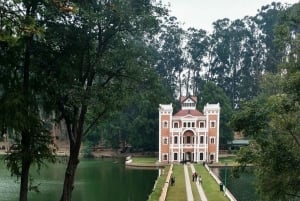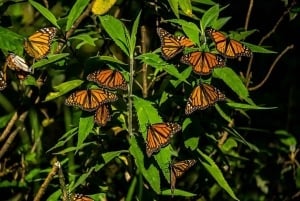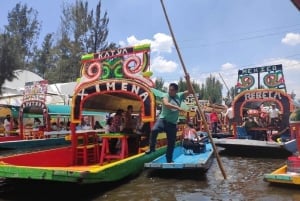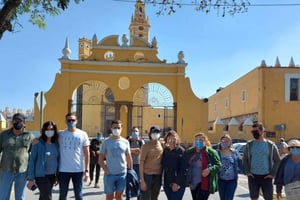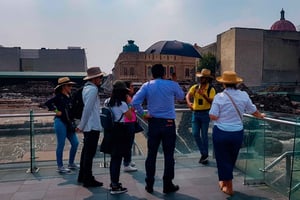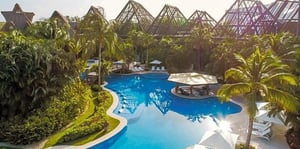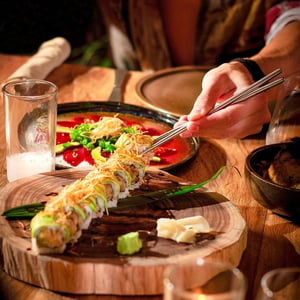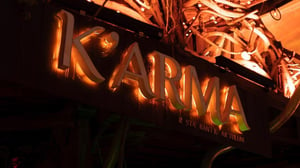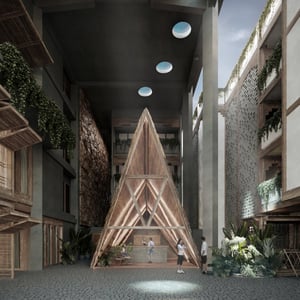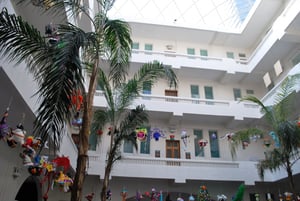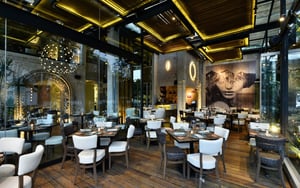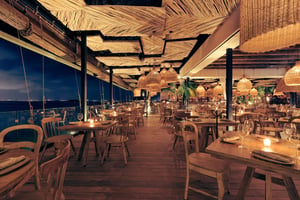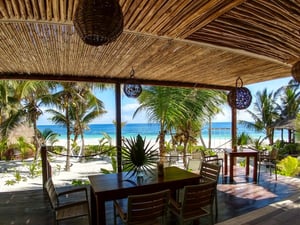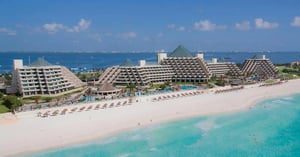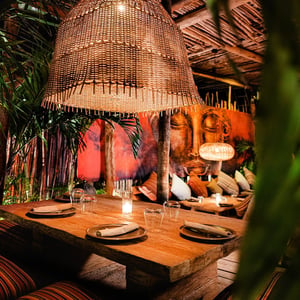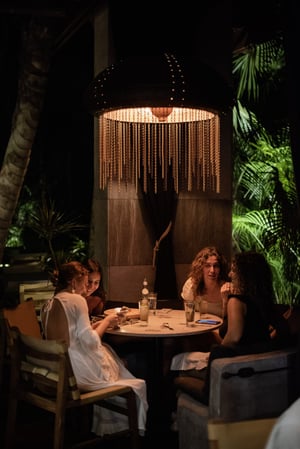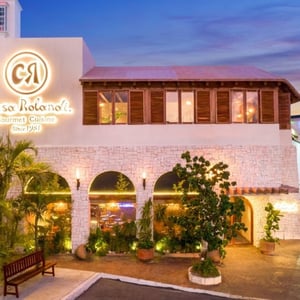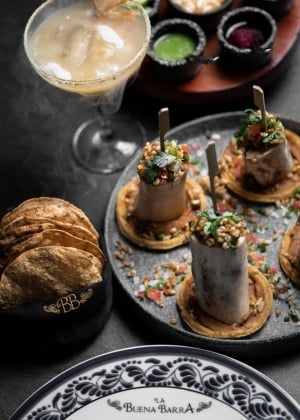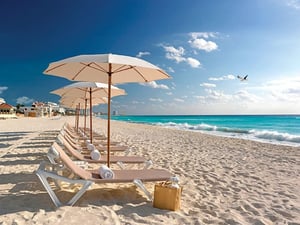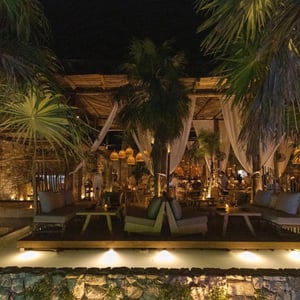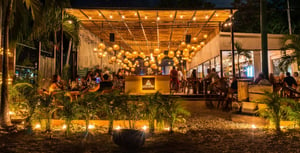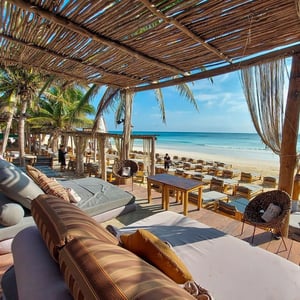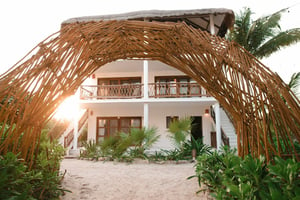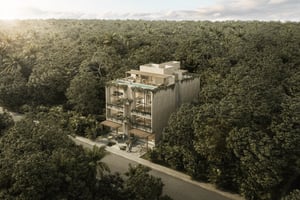Coahuila
Some historians believe it means 'flying serpent,' 'the place of many trees,' or 'the place of creeping snakes'.
The Mexican state of Coahuila is bordered east by Nuevo León, southern by Zacatecas, and western by Durango and Chihuahua. Coahuila occupies a stretch of 512 kilometers north of the US-Mexico boundary along the Rio Grande (Río Bravo del Norte) canal, parallel to the US state of Texas.
The name Coahuila comes from native terms in the region, and variations like Cuagüila and Cuauila have been known to it. Some historians believe it means 'flying serpent,' 'the place of many trees,' or 'the place of creeping snakes.' The State's official name in honor of General Ignacio Zaragoza is Coahuila de Zaragoza.
The Sierra Madre Oriental is crossing the state from northwest to southeast and the Sierra Madre Oriental pine-oak forests can be found in the higher altitudes. Sierra del Burro and Sierra del Carmen, on the Rio Grande, reach the border with the United States with their northern fingers.
Two biosphere reserves are found in Coahuila. Located at the northern limit of Sierra del Carmen, Maderas del Carmen covers parts of the Chihuahuan Desert and the sky-pine-oaks forest islands. The Cuatro Ciénegas Basin's springs, lakes, and wetlands lie to the west of the Sierra Madre, to the west of Monclova.
In Coahuila, the summers are long, sweltering, humid, and arid; the winters are brief, cold, and dry; and it is usually clear all year round. During the year, temperatures usually range from 7°C (46°F) to 41°C (106°F) and are rarely below 3°C (39°F) or above 43° (111°F).
The harsh climatic conditions characteristic of the state have shaped its inhabitants' hard work and perseverance. But that doesn't mean that they're not as colorful and joyful as the others.
The manufacture of serape wool, colorful blanket-like shawls, is an art brought to the state of Coahuila by native Tlaxcala. Local festivities and celebrations are highlighted by peasant dances that welcome harvests from the land, such as the Pateno Jarabe and the Dance of the Wild Lettuce, as well as local adaptations of European dances such as the Contredanse, Polea, Redova, and Schottische.
Northern cuisine, which includes flour tortillas, grilled beef, dry meat, cabrito al pastor, shepherd's goat, are a common feater for the neighboring States Chihuahua, Sonora, Nuevo Leon, and Coahuila. On the other hand, the region of Saltillo has a tradition of different dishes such as cajeta, quince jelly, and also canned fruits such as guava, peach, and apricot. Not to be forgotten, the Parras winery usually supplements 100% Mexican fine wine and liquor products in Coahuila.
Landmarks:
Saltillo
The capital of Coahuila is the oldest city in northeastern Mexico. Saltillo is one of the most vibrant manufacturing centers in the country, renowned for its traditional Mexican sarape blanket.
The Cathedral is one of the biggest and most majestic cathedrals in Mexico and was built between 1746 and 1810. Architecturally mixing baroque and churriguerescan styles (fantastic and luxuriously detailed), the exterior has a quarry-stone and columns adorned with patterns of flowers and medallions. In the whole town is visible the steel crossing on its tower Like its columns, the altar of the cathedral contains typical baroque engravings and is liberally plated in gold. The interior is adorned with some 45 oil paintings, including the image of Santo Cristo de la Capilla (Holy Christ of the Chapel).
Saltillo's Recinto Juárez Museum exhibits papers and artifacts from the mid-1800s. The Desert Museum displays rituals, practices and animal and plant species of the area.
Viniculture Zone
Parras is an agricultural town situated 150 kilometers (93 miles) west of Saltillo. Known as the "Oasis of Coahuila," the region is famous for its sprawling vineyards, colonial architecture, and massive trees. Established in 1597, Casa Madero is the oldest winery in the Western Hemisphere and a popular tourist attraction in Parra, as is the Museo del Vino (Wine Museum), which shows grinding machines, stills and distilling vessels from Paris in the 19th century.
Other prominent wineries in the region are the San Lorenzo Hacienda and the Bodegas del Vesubio. Vintners, where citizens and visitors gather every August for the Town Grape and Wine Festival, La Feria de la Uva y el Vino.
Ecotourism
The 200,000-acre Cuatro Cienegas Nature Reserve is situated in the desert valley just northwest of Monclova. Surrounded by high mountains, this nationally protected area includes hundreds of freshwater wetlands, desert gardens, and white gypsum dunes. It is also home to a significant variety of uncommon and endangered native species. The reserve has more than 75 species of fish, reptiles, amphibians, crustaceans, mollusks, insects, and more than 400 species of cactus present nowhere else in the world. An amazing array of bats and migratory birds can also find shelter in this desert oasis.


